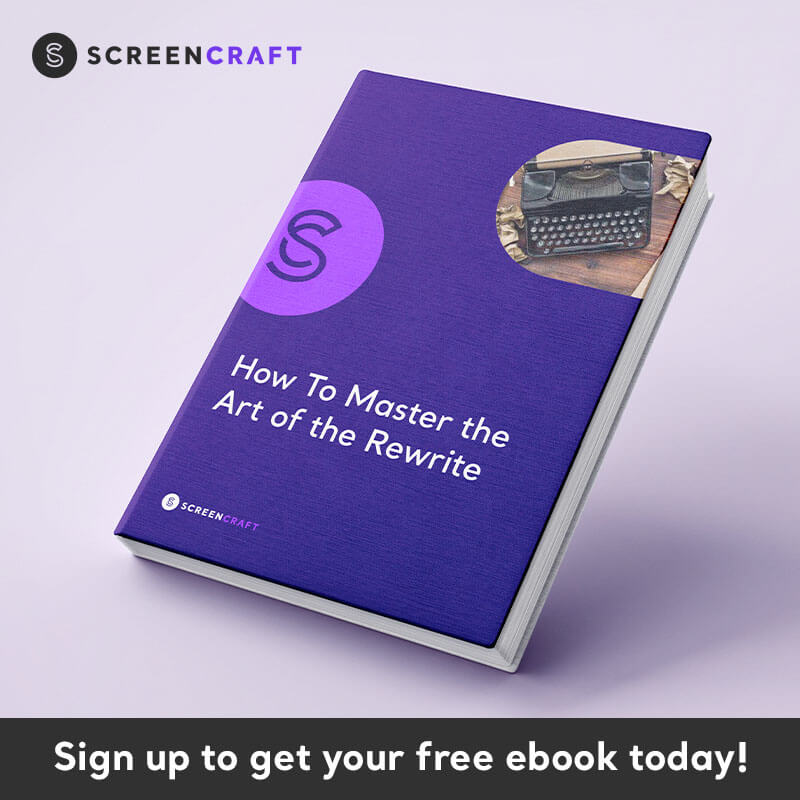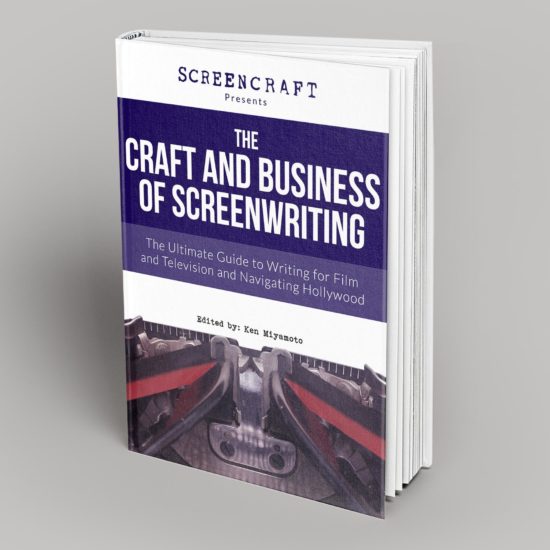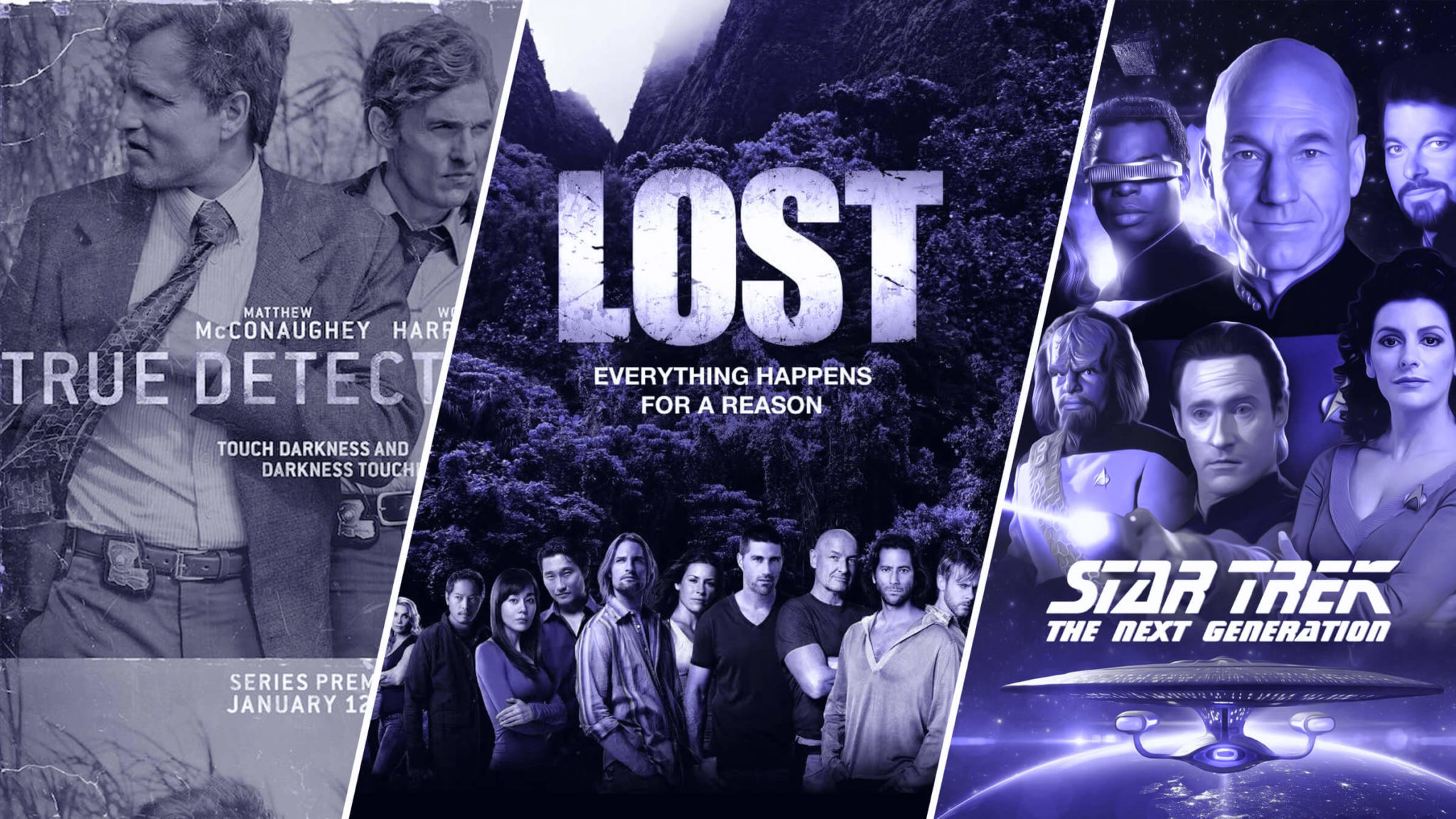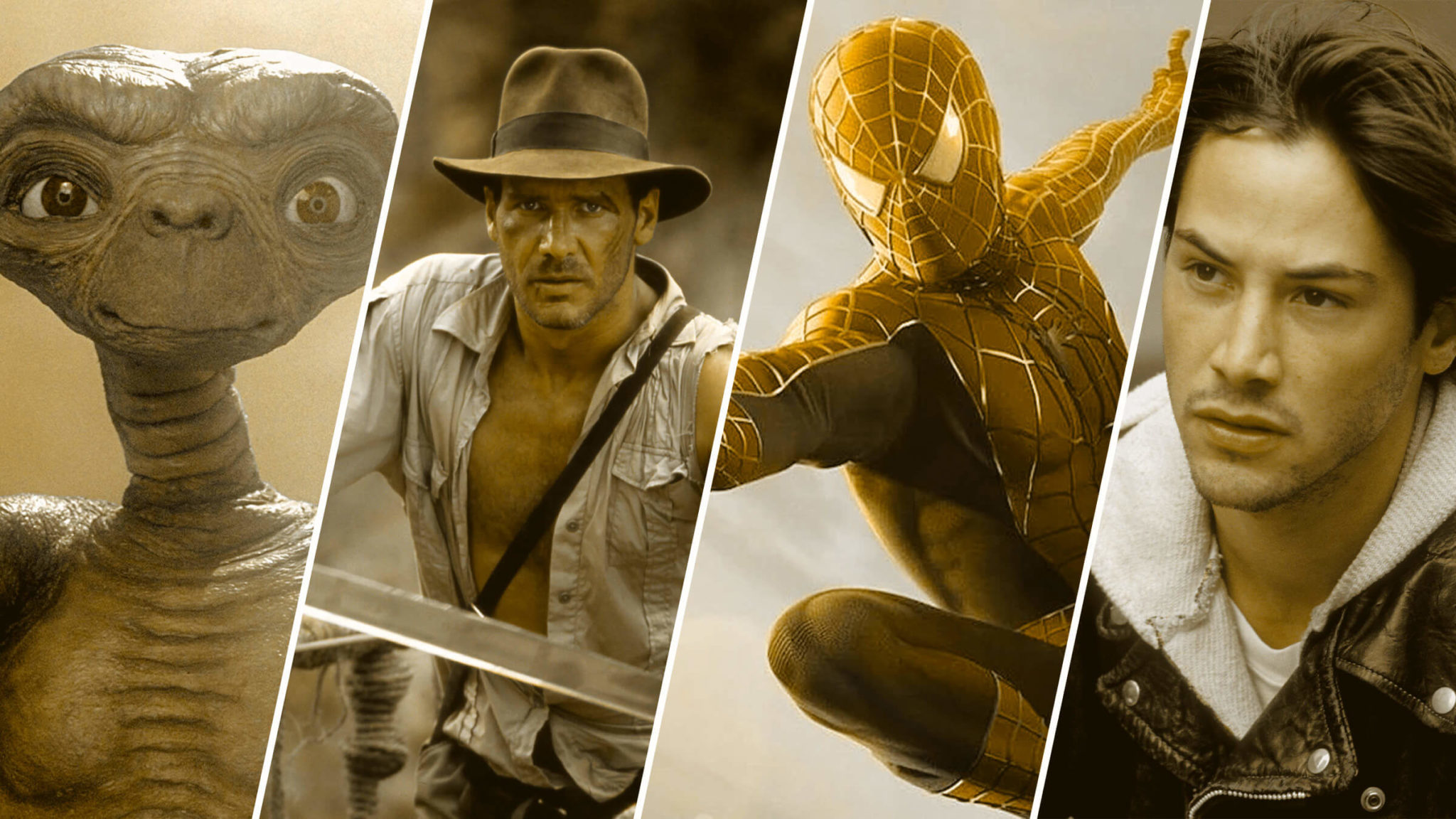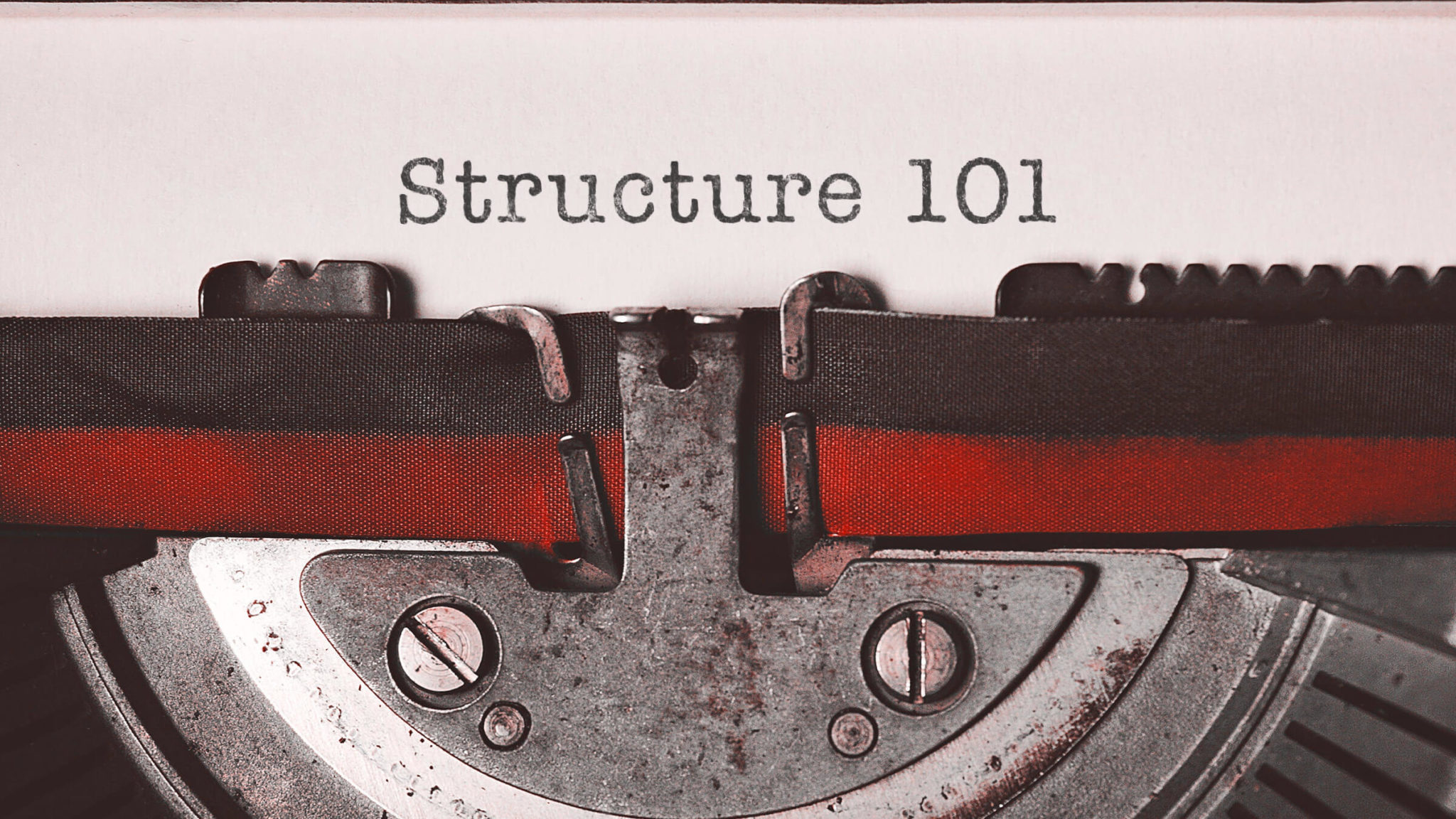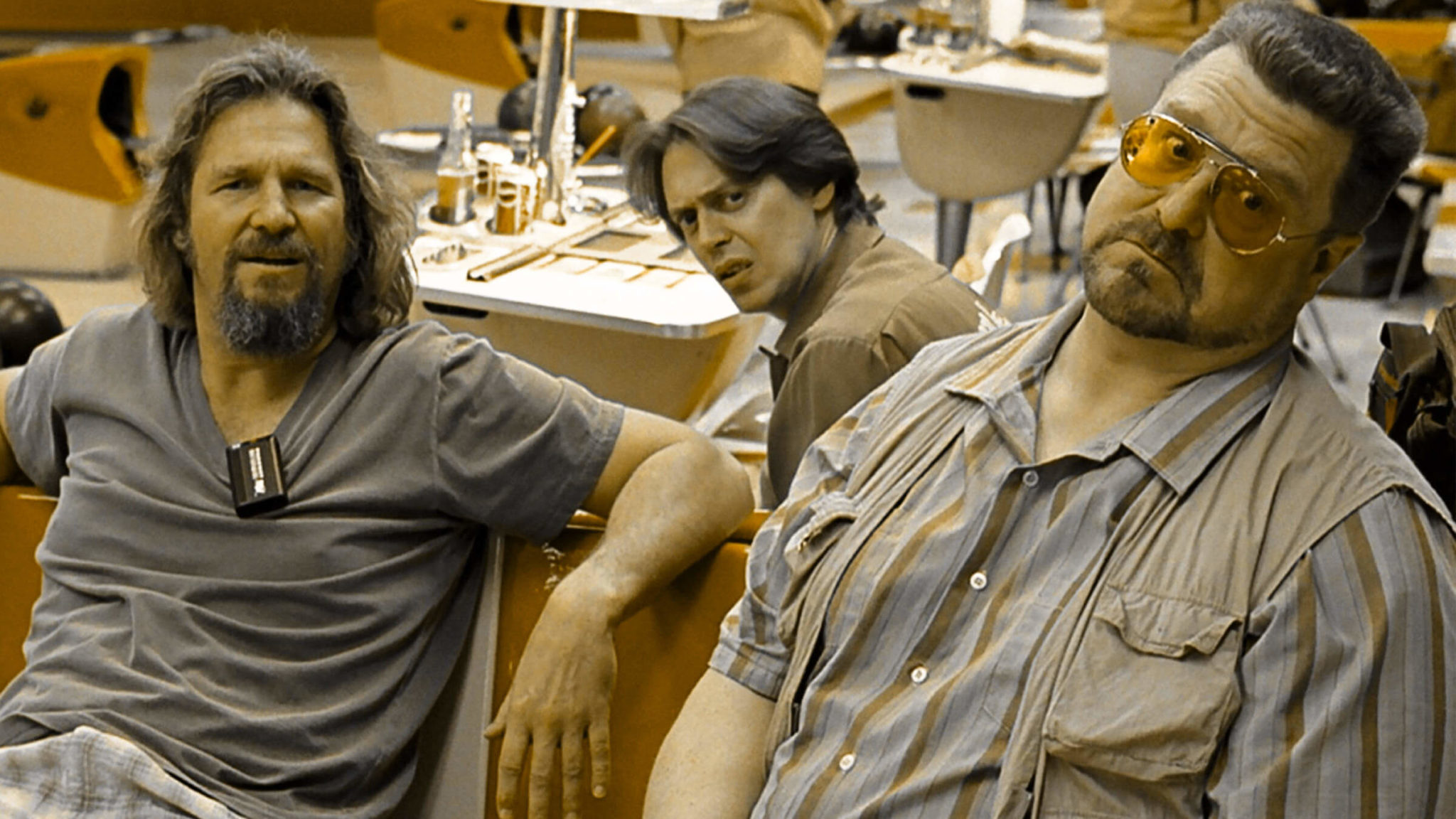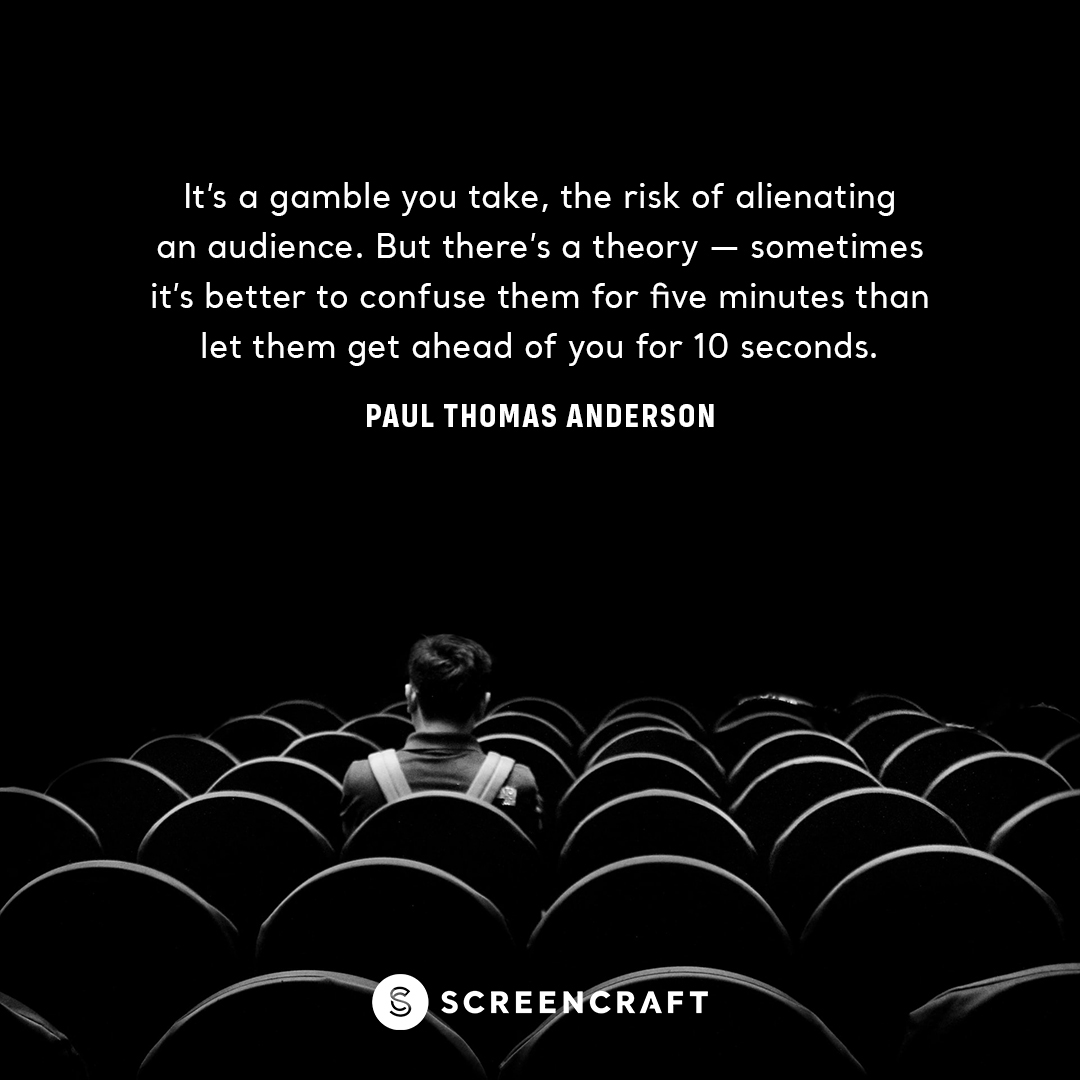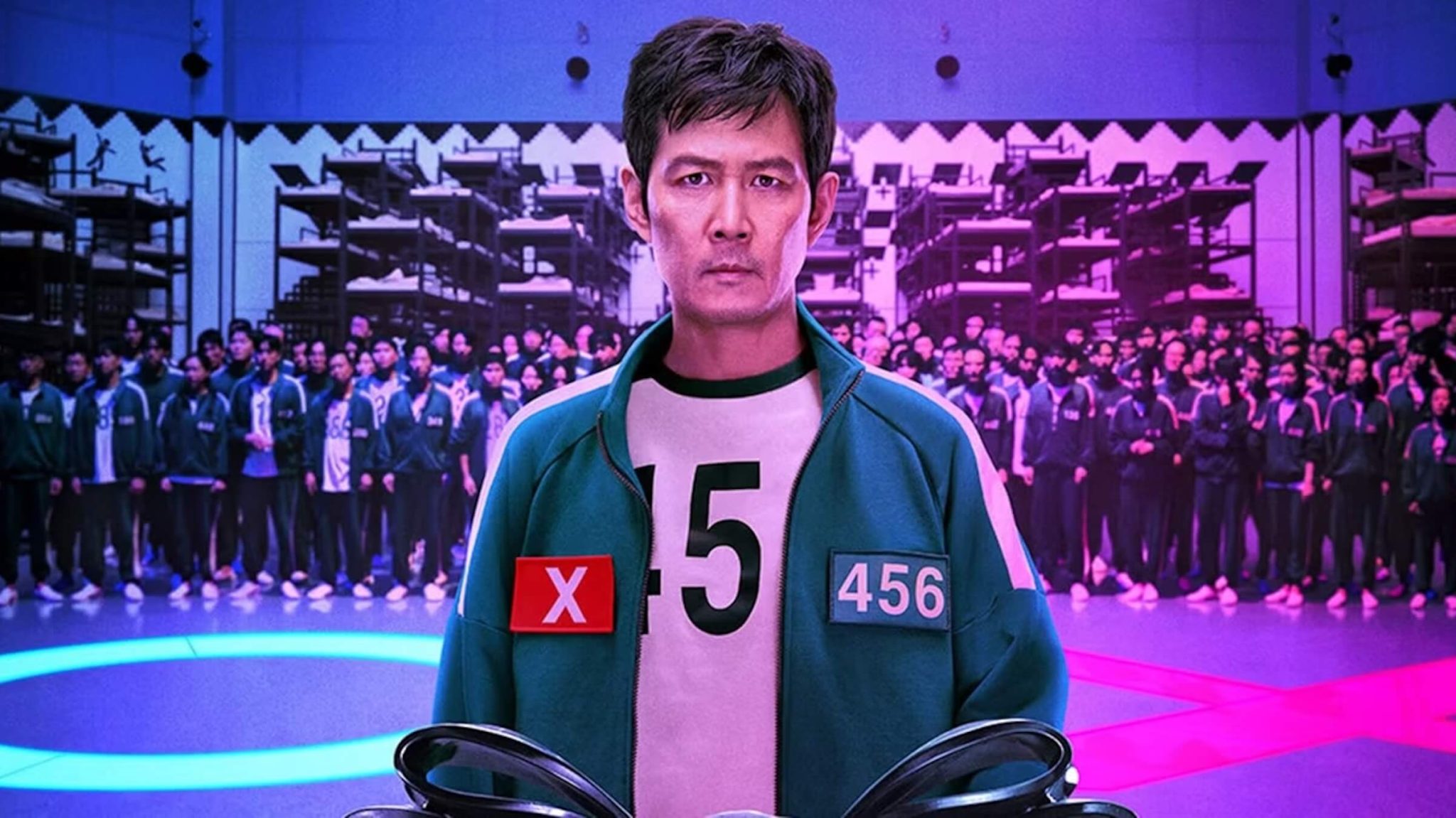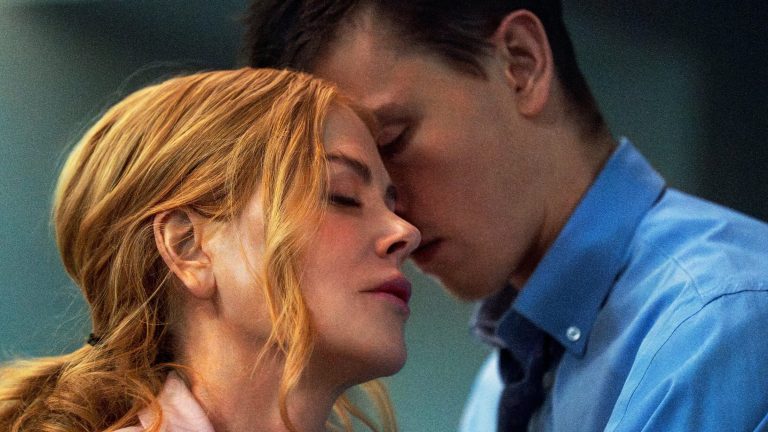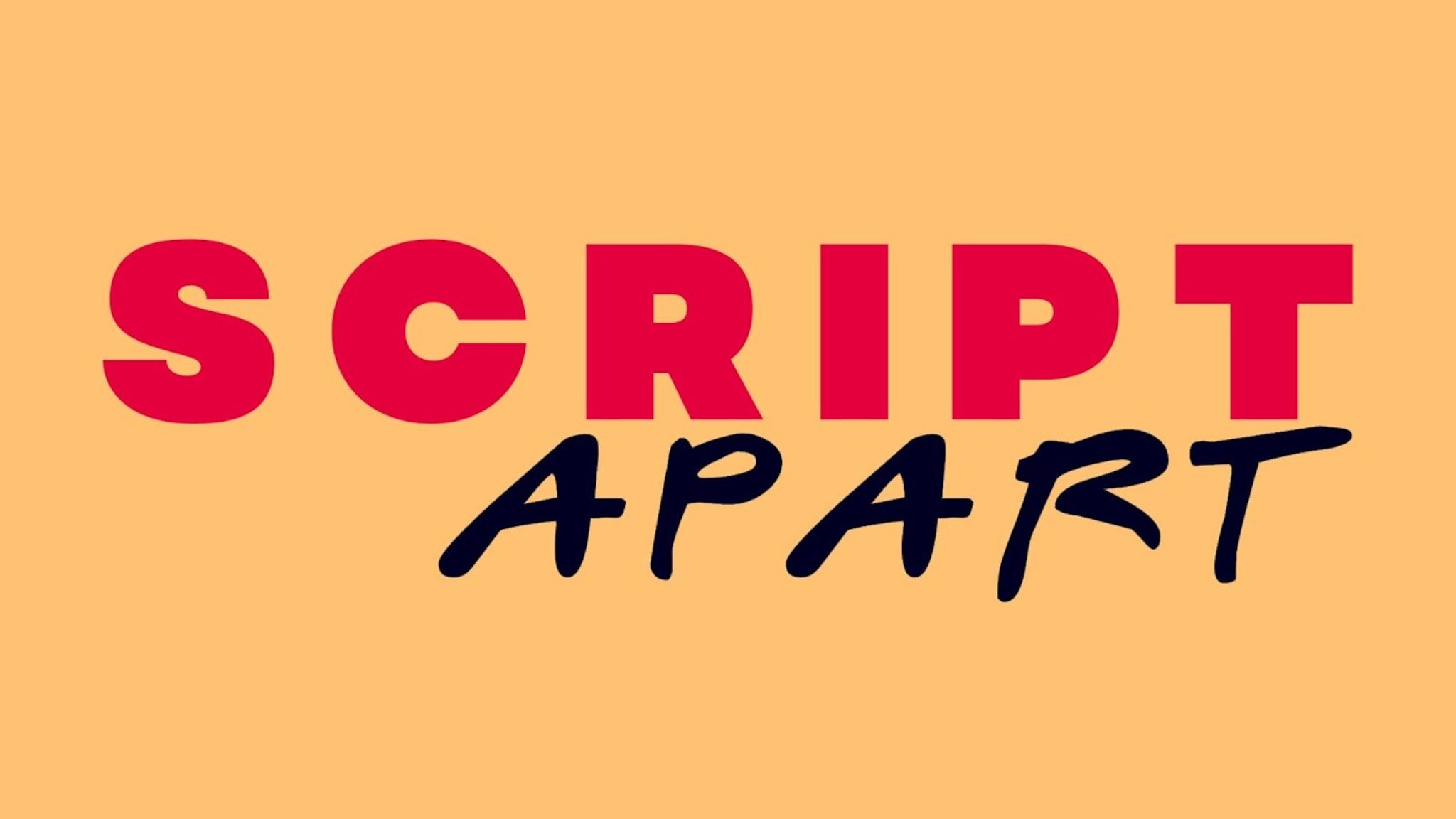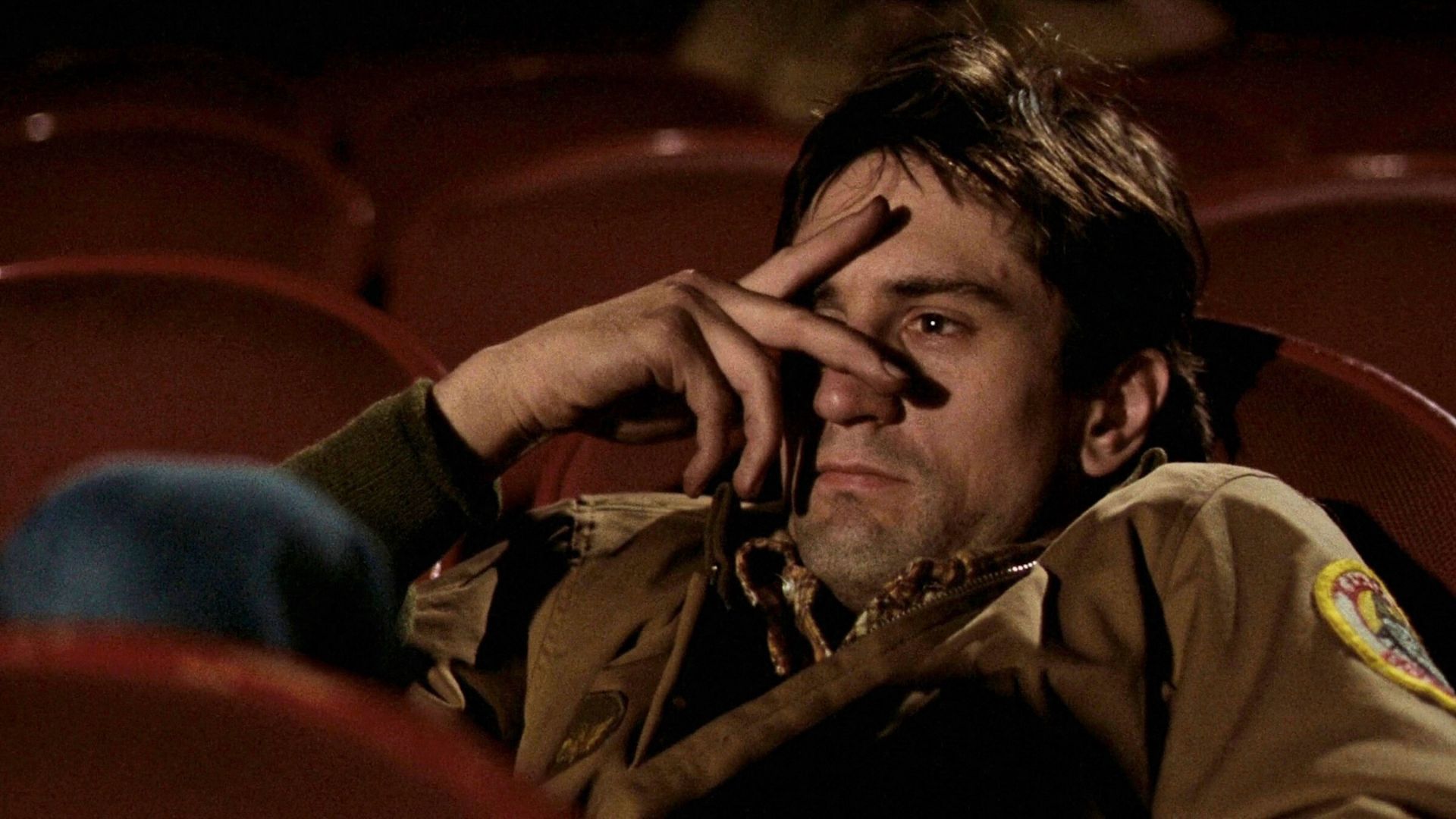6 Screenwriting Lessons from DIE HARD Writers Jeb Stuart and Steven E. de Souza

The film Die Hard from 1988 is legendary when it comes to action movies, more for what it didn’t do than what it did do for the genre. Bruce Willis plays the now iconic role of John McClane, a blue-collar cop who’s forced to become a hero when his wife Holly (Bonnie Bedelia) and others are taken hostage by German villain Hans Gruber (Alan Rickman) at an office Christmas party.
Both Die Hard writers, Jeb Stuart and Steven E. de Souza, came together live on stage for the first time recently to share their experiences on The Q&A with Jeff Goldsmith podcast and celebrate the movie’s 30th anniversary.
Steven E. de Souza has a great blog post on screenwriting here, and Mr. de Souza has served as a mentor and judge for the ScreenCraft Action & Adventure Screenplay Competition:

You can listen to the entire podcast to learn more about writing Die Hard here:
What was originally supposed to be a sequel to the 1968 film The Detective starring Frank Sinatra, writer Jeb Stuart was tasked with adapting Roderick Thorp’s novel Nothing Lasts Forever, about a 65-year-old man who comes to Los Angeles to visit his 40-year-old daughter who works for a corrupt corporation. According to Stuart, “At the end of the novel, he drops his daughter off the building, which I thought was a crappy idea.”
So how would Stuart overcome this “crappy idea” and get to a protagonist and story that would exhilarate the action genre? Here are six writing lessons we learned from the podcast that will help all writers.
1. Look to a personal, relatable problem when trying to fix your protagonist.
To create a protagonist that a large audience could rally behind, Stuart stole from his own life. “I got into a fight one night with my wife,” says Stuart. “She was right and I was wrong, but I didn’t say I was sorry. I stormed out of the house and started driving back to Burbank.”
What happened next became the inspiration for John McClane’s character. Stuart was changing lanes on the 134 freeway and suddenly saw a refrigerator box in front of his car. With no time to swerve, his car went straight into the box. Luckily, the box had been empty.
“I pulled over to the side of the road and thought [the story] isn’t about a 65-year-old man who drops his 40-year-old daughter off a building, it’s actually about a 30-year-old guy who should have said sorry to his wife then something really bad happens.”
Stuart wrote the first 40 pages of the script that night and still didn’t say sorry to his wife until the next day. The moral of the story is to 1) always say sorry to your wife and 2) sometimes, it’s the smallest, most mundane things in life that can be hugely problematic and set a story in motion.
2. Culture’s idea of masculinity changes.
When the screenplay diverged from Nothing Lasts Forever and became Die Hard, the action heroes of the day were Sylvester Stallone’s Rambo and Arnold Schwarzenegger’s Commando – both steroid-addled muscle-heads with no physical or emotional vulnerabilities, just raw machismo. Even Clint Eastwood’s Dirty Harry could be included in this set of testosterone-fueled action protagonists. But John McClane was different.
“This character,” according to writer Steven E. de Souza, “was a pussy.”
Okay, not the most politically correct description but a word used often in the 1980s to describe a man who had trouble overcoming his fear. John McClane was funny, frightened and most importantly, real. His plight was relatable. Fox studios took a big risk casting Bruce Willis but it paid off. The zeitgeist was ready to move on to a new type of action hero.
In 2018, our action heroes are primarily superheroes like Ant-Man, Black Panther and Venom. But don’t think these characters will stay en vogue forever. Keep an open mind to changes and trends in the genre.
3. Err on the side of too many jokes.
When Willis made it clear to the writers that he was excited by the humor in the script, de Souza and Stuart knew they should add as many funny moments as possible.
“Joel Silver’s [the producer] belief,” says de Souza, “is shoot as many jokes as you can. When you cut the movie, if you think you've overdone it, you can take them out, but you can't put them back in.”
It was an excellent strategy and gave the film its distinctive tone that would go on to be replicated in a whopping six sequels.
4. Really develop your supporting characters.
Though this happened on accident due to Bruce Willis’ demanding schedule, it’s a great lesson for screenwriters to make the most of the peripheral characters.
“[Willis] was supposed to be clear of Moonlighting before the movie started but it didn't work out that way. John McTiernan [the director] came to me and said, ‘We’re killing this guy. He’s working all day on [Moonlighting] then catnapping here. Why don’t you write more stuff for the supporting cast -- invent stuff for the other characters so we can give Bruce several days off.’” Another excellent plan that helped the audience invest in some of the other characters like Holly and the newscaster and give the story more authenticity.
5. Always plan out your story before sitting down to write a draft.
For Stuart, his method is to always write an outline. “Personally,” says Stuart, “if you’re going to create something with the complexity of a Die Hard, you’ve got to have the outline. You’ve got to know which way you’re going to go. You’ve got to make mistakes [in the outline] first. Once you get through a draft, you can riff and you can do a lot of things because then you know what will work and what won’t.”
De Souza, however, has a more stream-of-consciousness approach. He starts with writing his ideas on index cards but not necessarily in linear order.
“For example,” says de Souza, “if I were doing a Western, I'll watch a bunch of Westerns, put on Dimitri Tiomkin soundtracks from Westerns and I'll write ideas down on three-by-five cards for, like, you know, days or weeks.”
Ideas like a poison water well or a specific stagecoach driver become fodder for the story he’s creating. After keeping a stack of these index cards, the story begins to percolate in de Souza’s mind and he can then begin to string these ideas together in a narrative that makes sense. “I’ll start writing that section of the movie, even though I don't know the rest of the movie.”
Whether writing an outline or putting your ideas onto index cards, it’s always a time-saver to work though your story before you start writing pages.
6. Know your location in detail.
Particularly for an action film, the writer needs to know every detail about where the big action scenes (also called set pieces) are taking place. For de Souza, it was imperative he knew the geography of the building and was able to get a blueprint for Fox Plaza, where the film would be shot.
Stuart, who wasn’t that familiar with high-rise buildings, went to check out the building with his own eyes. “Every place in that building that you see,” says Stuart, “is there. If you look at the movie, you’ll see the chains hanging down in the stairway, but that stairway is there.” Walking through the physical space makes the action more convincing and there’s less to invent.
De Souza says he also walked through the building to create the fight at the end of the movie. “I’ve always felt,” says de Souza, “a fight in a cowboy saloon, where people are hitting each other over the head with bottles and chairs, should be different than a fight at NASA headquarters. A lot of times, people use the same damn fight. But to use the actual geography, feels authentic and gritty. It doesn’t feel choreographed.”
 Shanee Edwards graduated from UCLA Film School with an MFA in Screenwriting and is currently the film critic for SheKnows.com. She recently won the Next MacGyver television writing competition to create a TV show about a female engineer. Her pilot, Ada and the Machine, is currently in development with America Ferrera’s Take Fountain Productions. You can follow her on Twitter: @ShaneeEdwards
Shanee Edwards graduated from UCLA Film School with an MFA in Screenwriting and is currently the film critic for SheKnows.com. She recently won the Next MacGyver television writing competition to create a TV show about a female engineer. Her pilot, Ada and the Machine, is currently in development with America Ferrera’s Take Fountain Productions. You can follow her on Twitter: @ShaneeEdwards
For all the latest ScreenCraft news and updates, follow us on Twitter, Facebook, and Instagram.
Get Our Screenwriting Newsletter!
Get weekly writing inspiration delivered to your inbox - including industry news, popular articles, and more!

